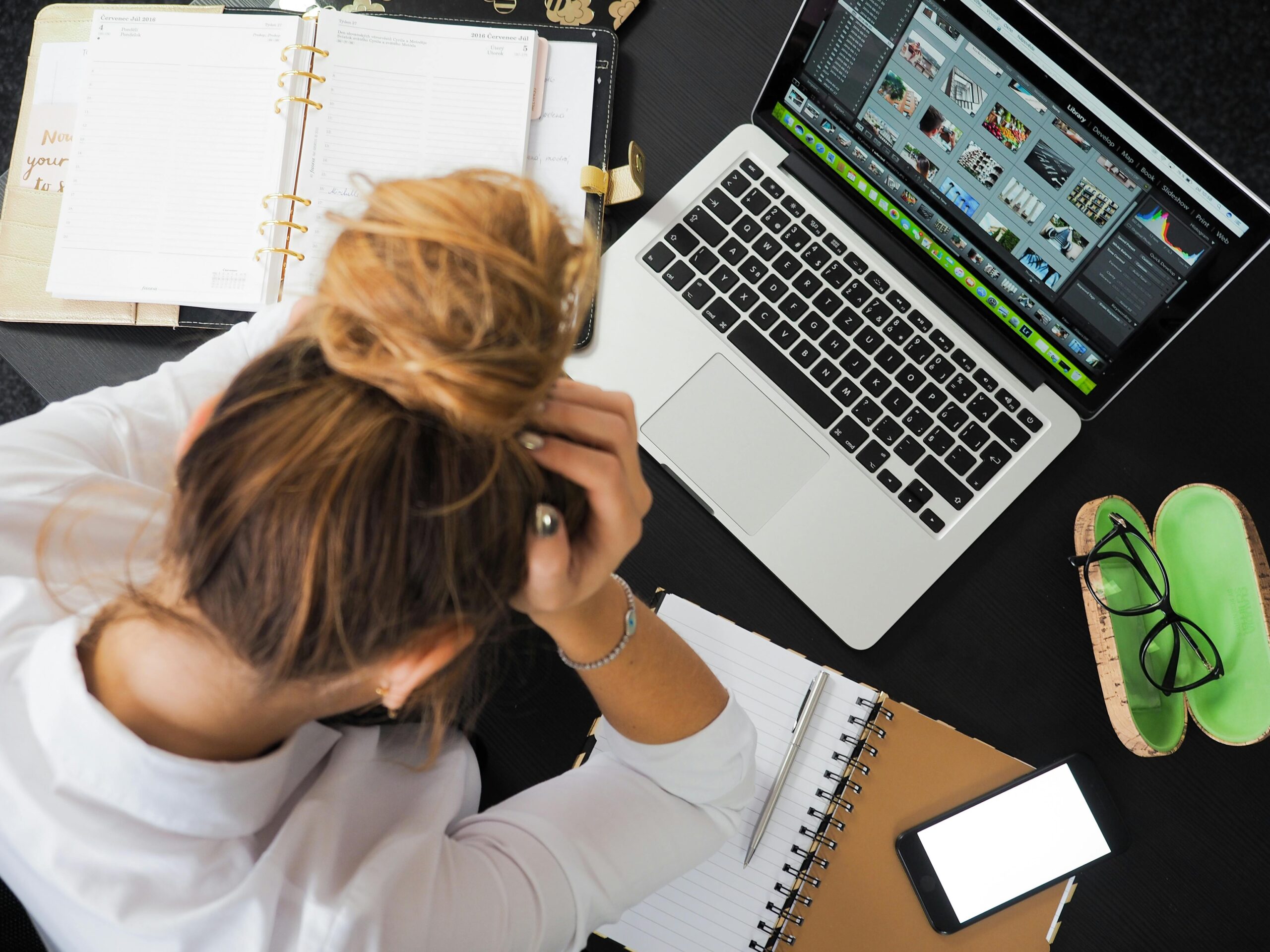Creating a productive home office involves more than just setting up a desk and chair. The design of your workspace can significantly impact your focus, efficiency, and overall well-being. Here are some essential tips for designing a home office that fosters productivity.
1. Choose the Right Location
Selecting the ideal spot for your home office is crucial. Consider the following:
- Quiet Environment: Choose a location away from high-traffic areas and household noise.
- Natural Light: Position your workspace near a window to take advantage of natural light, which can improve mood and energy levels.
- Dedicated Space: If possible, designate a specific room or area solely for work to create a clear boundary between your professional and personal life.
2. Invest in Ergonomic Furniture
Comfort and health are paramount when designing a home office. Invest in ergonomic furniture to support your posture and prevent discomfort:
- Adjustable Chair: Choose a chair with adjustable height, lumbar support, and armrests.
- Proper Desk Height: Ensure your desk is at the right height to keep your arms at a 90-degree angle while typing.
- Monitor Position: Place your monitor at eye level, about 20 inches away from your face, to reduce eye strain and neck pain.
3. Organize and Declutter
A tidy workspace can enhance productivity and reduce stress. Implement organizational solutions to keep your office clutter-free:
- Storage Solutions: Use shelves, cabinets, and drawers to store documents, supplies, and equipment.
- Desk Organizers: Utilize desk organizers to keep essential items within reach and maintain a clean surface.
- Minimalist Approach: Adopt a minimalist approach by only keeping items you need daily on your desk.
4. Personalize Your Space
Personalizing your home office can make it more inviting and inspiring. Consider adding:
- Decor: Incorporate artwork, plants, or photos that motivate and uplift you.
- Color Scheme: Choose a color scheme that promotes focus and calmness. Blues and greens are often recommended for their soothing effects.
- Comfort Items: Include items that provide comfort, such as a cozy throw blanket or a stress-relief ball.
5. Optimize Lighting
Proper lighting is essential for a productive home office. Combine natural and artificial lighting to create a well-lit workspace:
- Task Lighting: Use task lighting, such as desk lamps, to illuminate your work area without causing glare on your screen.
- Ambient Lighting: Ensure the room has adequate ambient lighting to reduce eye strain and create a pleasant atmosphere.
- Smart Lighting: Consider smart lighting solutions that allow you to adjust the brightness and color temperature to suit your tasks and mood.
6. Incorporate Technology
Equip your home office with the necessary technology to enhance productivity and efficiency:
- High-Speed Internet: Ensure you have a reliable high-speed internet connection to support video calls, online research, and file transfers.
- Quality Equipment: Invest in quality equipment, such as a good computer, printer, and scanner, to streamline your work processes.
- Cable Management: Use cable management solutions to keep cords organized and prevent a tangled mess.
7. Create a Routine and Boundaries
Establishing a routine and setting boundaries can help you stay productive and maintain a healthy work-life balance:
- Consistent Schedule: Stick to a consistent work schedule to create a sense of structure and discipline.
- Breaks: Take regular breaks to rest and recharge. Consider the Pomodoro Technique, which involves working for 25 minutes and then taking a 5-minute break.
- Boundaries: Set clear boundaries with family or housemates to minimize interruptions during work hours.
8. Incorporate Movement
Incorporating movement into your workday can boost productivity and improve health:
- Standing Desk: Consider a standing desk or a desk converter to alternate between sitting and standing.
- Exercise Equipment: Keep light exercise equipment, such as resistance bands or a yoga mat, nearby to encourage short exercise sessions during breaks.
- Stretching: Incorporate stretching exercises into your routine to reduce tension and increase flexibility.



Leave a Reply